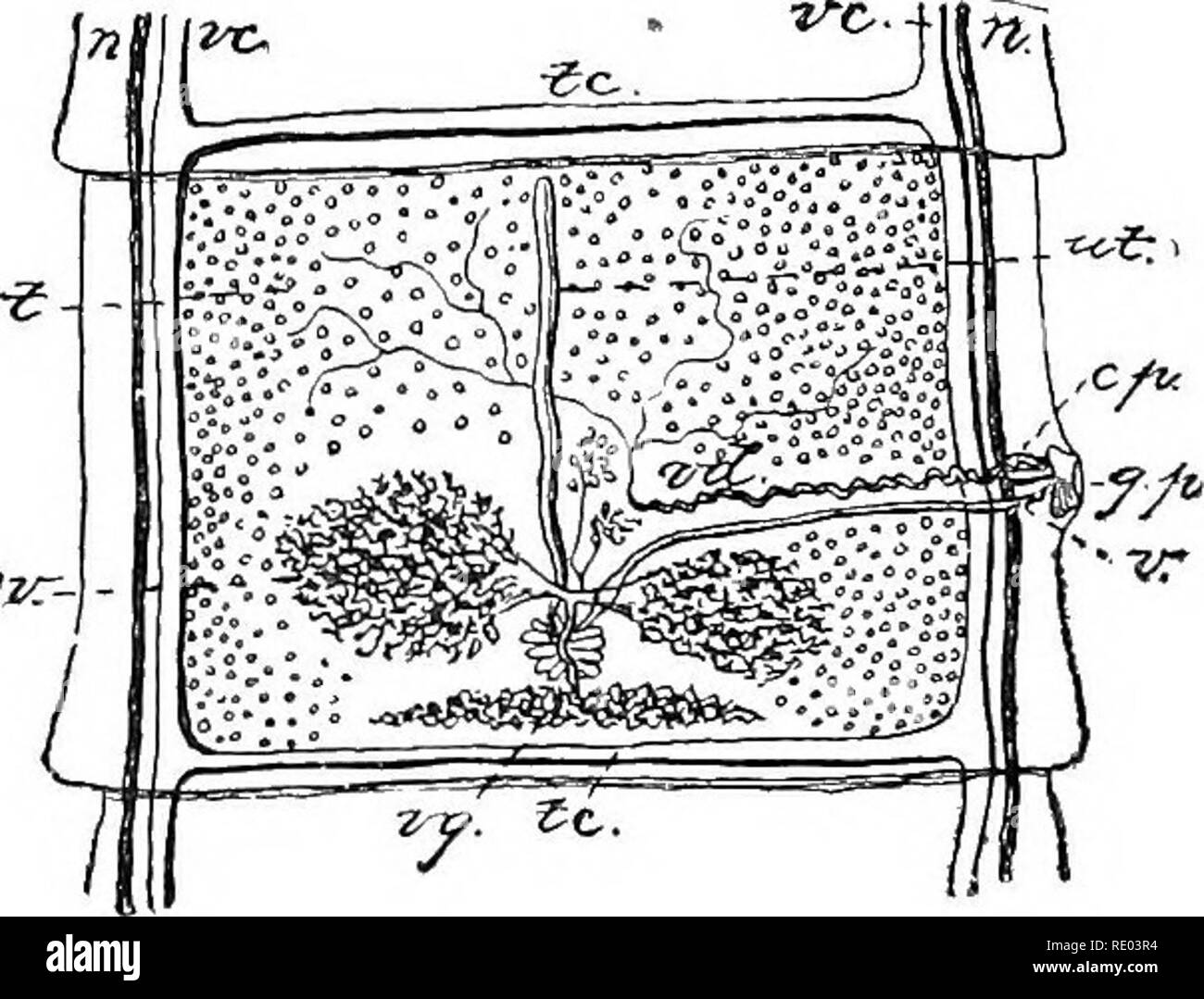

cerebralis with none available for Pakistan. Globally, few reports exist on the molecular characterization and genetic diversity of C. 6Department of Pathobiology, University of Veterinary and Animal Sciences, Lahore (Jhang Campus), Jhang, PakistanĬoenurus cerebralis is the larval stage of Taenia multiceps commonly found in the brain (cerebral form), intramuscular and subcutaneous tissues (non-cerebral form) of ungulates.5Institute of Pharmacy, Physiology and Pharmacology, University of Agriculture, Faisalabad, Pakistan.4Department of Medicine, Cholistan University of Veterinary and Animal Sciences, Bahawalpur, Pakistan.3Depeartment of Veterinary Medicine, University of Veterinary and Animal Sciences, Lahore, Pakistan.2Department of Clinical Medicine and Surgery, University of Agriculture, Faisalabad, Pakistan.
#Gid in sheep professional#
1State Key Laboratory of Veterinary Etiological Biology, National Professional Laboratory for Animal Echinococcosis, Key Laboratory of Veterinary Parasitology of Gansu Province, Lanzhou Veterinary Research Institute, Chinese Academy of Agricultural Sciences, Lanzhou, China.With the “giddy” lamb prices seen this season, minimising losses is essential, so let’s not let easily preventable diseases like gid affect our flocks.Mughees Aizaz Alvi 1 John Asekhaen Ohiolei 1 Muhammad Saqib 2 Muhammad Haleem Tayyab 2 Muhammad Umar Zafar Khan 3 Li Li 1 Amjad Islam Aqib 4 Ali Hassan 2 Anum Aizaz Alvi 5 Warda Qamar 6 Bao-Quan Fu 1 Hong-Bin Yan 1 * Wan-Zhong Jia 1 * This will help prevent scavenging by farm dogs – and dogs owned by the public that might not receive regular worm treatments but still have access to defecate on pasture – so they don’t get infected in the first place.īy taking these easy steps, we can hope to keep gid a distant memory and maximise lamb sales off-farm. Secondly, all deadstock must be disposed of promptly. Praziquantel is a good choice, which effectively kills the tapeworm and many other worms that can affect livestock. However, by understanding the life cycle, we can effectively control the disease.įirstly, it is imperative to worm all farm dogs at six-week intervals to prevent them from shedding eggs and, hence, infecting sheep. Unfortunately, wormers are not effective when treating clinically diseased sheep with cysts. If the signs are mild, it may be possible to send the sheep to slaughter, but if presented late and in poor condition then often euthanasia is required. However, as vets don’t have an MRI on hand to confirm this, care must be taken by the vet to localise the lesion prior to surgically removing it through a hole in the skull.Īlthough possible, surgery is not often carried out because of the risks and financial implications. This is not without difficulty, great technical skill and some large risks.Ĭysts are most commonly found within the main brain hemispheres. Treatment requires surgical removal of the cyst from the brain. Lambs are mostly affected between six and 18 months and can display neurological signs such as depression, head pressing and a head tilt.Ĭareful examination is necessary to differentiate it from other diseases such as brain abscesses, cerebrocortical necrosis (CCN), and listeriosis. The striking circling behaviour seen in the later stages of the disease are hard to miss, but the early signs can be more subtle and progress slowly. Failure to do so would inevitably result in a spike in cases.įarm dogs should be wormed at six-week intervals to prevent them from infecting sheep © Tim Scrivener What are the signs of gid? It is, therefore, important not to get complacent about worming farm dogs. However, an increase in dog purchases during lockdown has resulted in more dog walkers, which presents a real risk for a resurgence in this previously well-controlled disease. See also: Sheep scab: Symptoms, diagnosis and treatmentĪs improved farm management in recent years reduced the sheep/dog infection cycle, gid has become less commonly seen on farms. When the sheep ingests these eggs, the larval stages then invade the central nervous system and cause a space-occupying cyst. Sheep are commonly infected through grazing pastures contaminated by dog faeces (dogs will only shed eggs if they have eaten the brain of an infected animal, and ingestion by sheep completes the lifecycle). Gid is caused by Coenurus cerebralis, a larval stage of the tapeworm Taenia multiceps, which infests the intestine of dogs and other carnivores. Vet Charlotte Watkins, from Belmont Farm and Equine Vets in Herefordshire, gives advice on dealing with this parasitic disease. A rise in dog walkers on farms presents a real risk for a resurgence of gid cases on sheep farms.


 0 kommentar(er)
0 kommentar(er)
